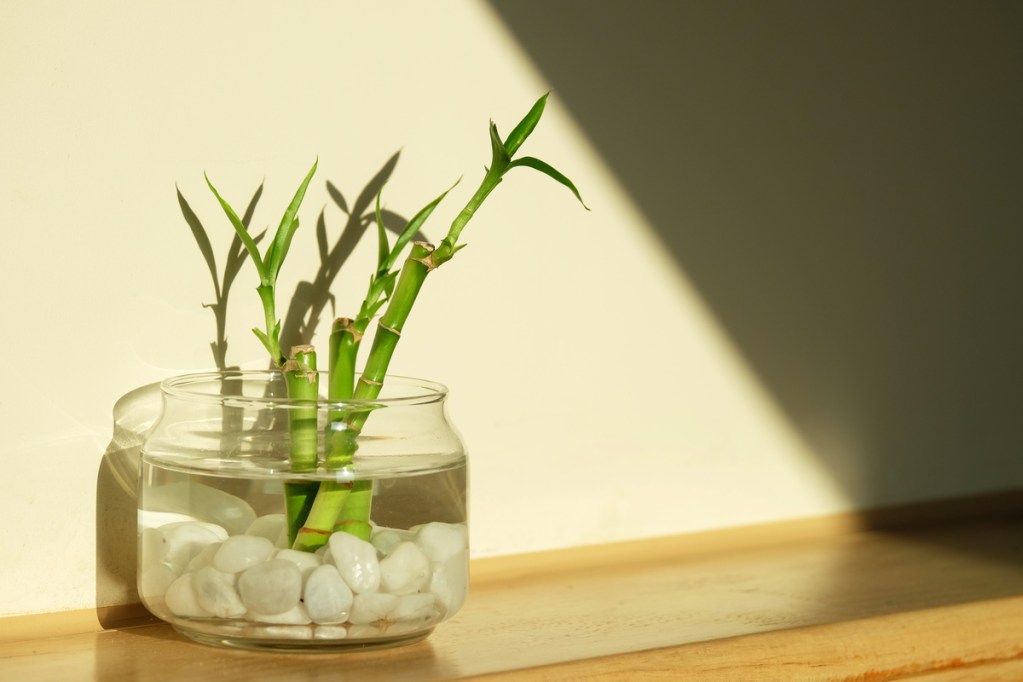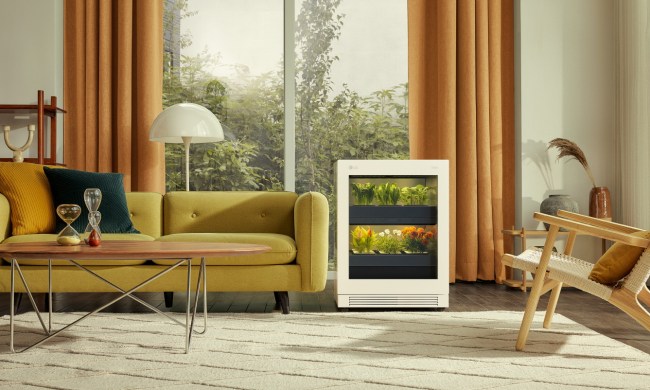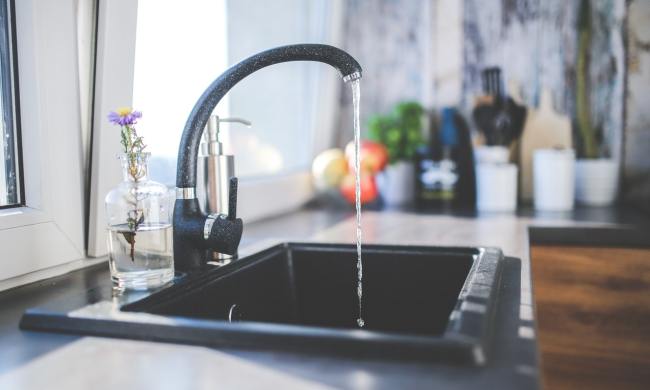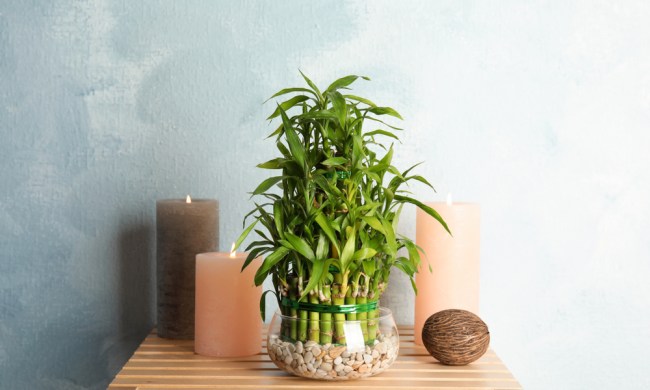Lucky bamboo is an awesome and aesthetic indoor plant that’s popular for its minimalistic, chic design and ease of care. If you already have one of these beauties and it’s been growing strong, you can propagate it to create more plants. We’ll walk you through the steps and methods for how to propagate lucky bamboo successfully so you can decorate your home with your own unique indoor garden or give them away to friends and family.
Since it’s believed that these plants can bring their owners luck and good fortune, they’re great to give as birthday presents or unique housewarming gifts. Check out how to grow your own below.
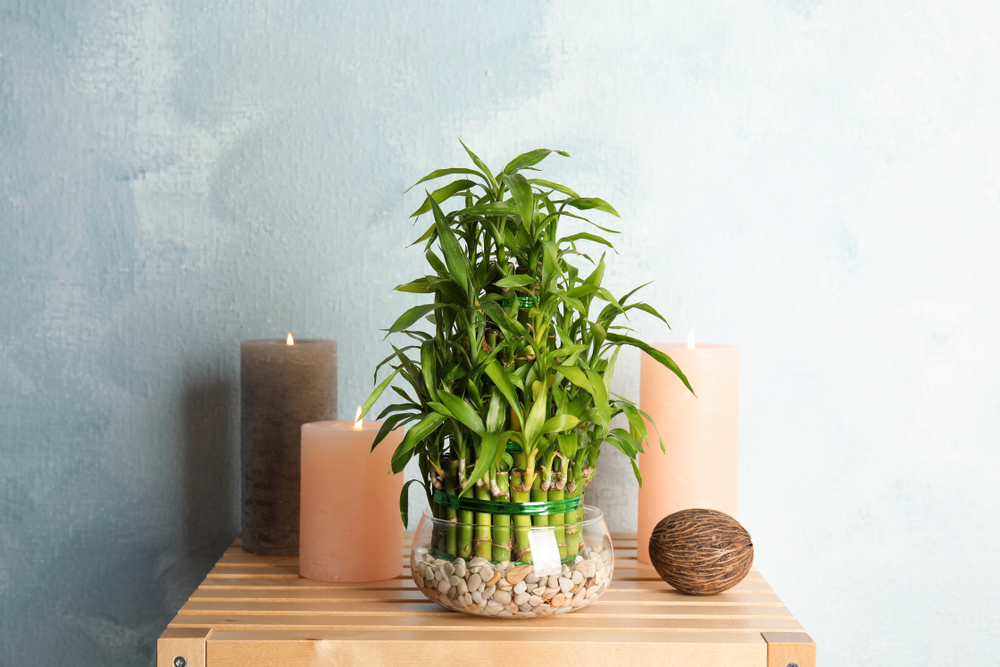
Is lucky bamboo easy to propagate?
Here’s the good news: Not only does lucky bamboo do well with being propagated, but the process is also super simple. All you need in order to get more lucky bamboo plants is a few clean garden tools and supplies:
- Pruning shears or a sharp knife
- Glass vase, planter, or mason jar
- Distilled water
- Healthy lucky bamboo plant
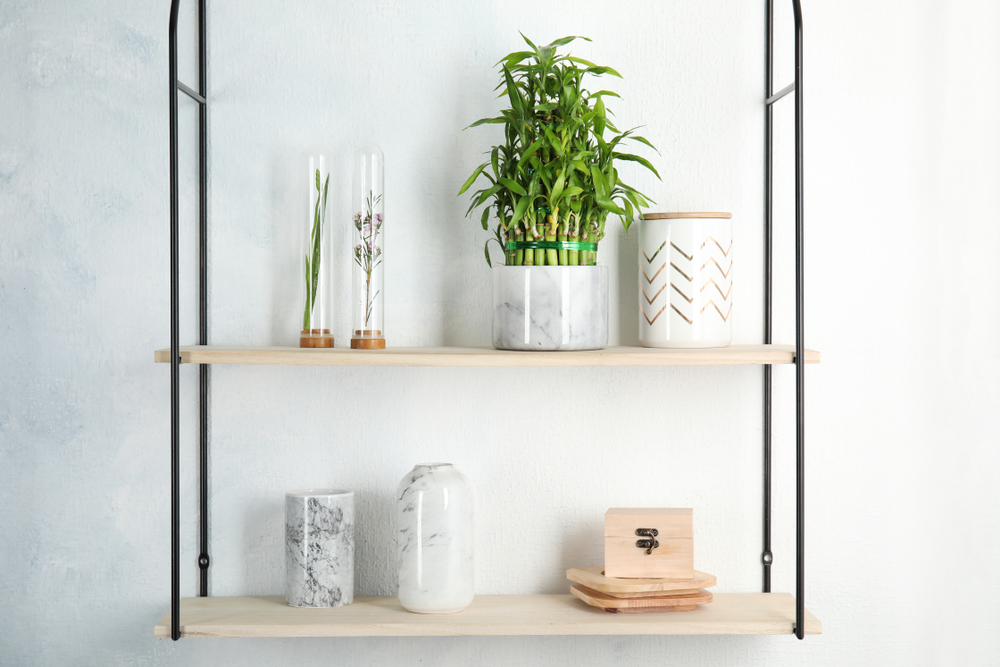
How to propagate lucky bamboo
Now that you know you can easily complete the process of propagating your lucky bamboo plant, let’s get into the details. While the steps are fairly straightforward, there are some things you need to keep in mind to grow lucky bamboo cuttings successfully.
Choose the right parent stalk
If you’ve got several lucky bamboo stalks in one container, pull them out and carefully separate the roots of each stalk so you can examine each one. Select a stalk that’s healthy enough to withstand the propagation process base on the following criteria:
- Appears in good health
- Has at least two nodes (lines on the stalk from where leaves grow)
- Has a healthy offshoot to cut off
- Dark green in color
- Emerging from a node toward the top of the stalk
- Roughly four to 6 inches in length
Cut the offshoot from the parent stalk
Once you’ve selected a healthy parent stalk, locate an appropriate offshoot to remove from it. With your knife or pruning shears, cut the offshoot as close to its base, where it meets the parent stalk, as possible. Once it’s removed from the parent stalk, make sure the bottom of the offshoot is cut in a straight line. You can cut an additional sliver off of the bottom if necessary.
Trim the cutting
The offshoot you’ve just cut likely has leaves that reach all the way down to where you cut it from the stalk. Any leaves toward the bottom of the cutting will need to be removed because:
- You want your new plant to focus on root growth and not maintaining existing foliage.
- Leaves will rot or become diseased if they’re submerged in water.
To remove the lower leaves, you can grip the leaves and pull them down toward the bottom of the stalk. This will peel the leaf off completely. Be sure, however, to leave some leaves at the top of the new plant.
Rooting the cutting in soil
Rooting can be done in either water or soil, but lucky bamboo tends to live longer when it’s rooted in soil. If soil propagation is the route you take, be sure your planter has sufficient drainage holes and use potting soil that’s well-draining (like cactus soil). Then, you need to insert the stalk into the soil. Place it deep enough for the stalk to be stable in the soil and be sure at least one node on the stalk is covered with soil. This is where your new cutting’s roots will grow from.
Make sure to keep the soil moist and keep the climate around your newly propagated lucky bamboo cutting warm.
Rooting the cutting in water
While using soil to propagate lucky bamboo has its benefits, water is a more common option for aesthetic purposes. To root in water, first, fill your glass container with roughly 4 inches of distilled water. Do not use tap water, since chlorine is harmful to most plants, including lucky bamboo. If you only have tap water, fill the container and let it sit out overnight so the chemicals can evaporate. Once you fill the container, place the stalk in the water with the cut end down.
Make sure the entire bare stalk is under the water. If you’re propagating multiple offshoots, you can place them all in the same container if they fit.
Care for your new plant
Keep your new lucky bamboo stalk in a warm location that gets some direct sunlight. Keep an eye on the water level and refill the container as necessary when the water has evaporated. You’ll want to dump and replace the water once a week for the duration of the rooting process.
Before long, you’ll start to see reddish-colored roots emerging from the bottom of the stalk. After about 30 days, you should see significant enough root growth to transfer the new plants into the soil, but you can also just add pebbles to the glass container and keep the stalks where they are.
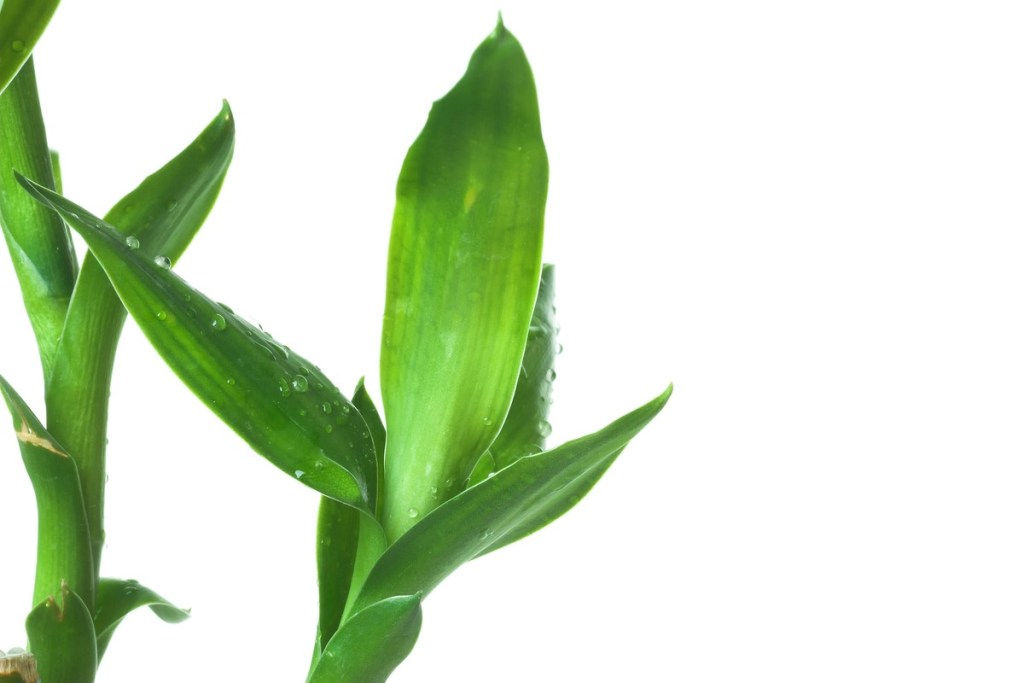
Does lucky bamboo regrow when cut on top?
A common complaint of lucky bamboo owners is that offshoots growing from the parent stalk start to get too tall, making the plant an unmanageable size. The good thing about this plant is that, in addition to being able to cut the offshoots, you can also cut off the top of the plant completely. This keeps your parent plant at a reasonable height and also gives you more cuttings to propagate if you want.
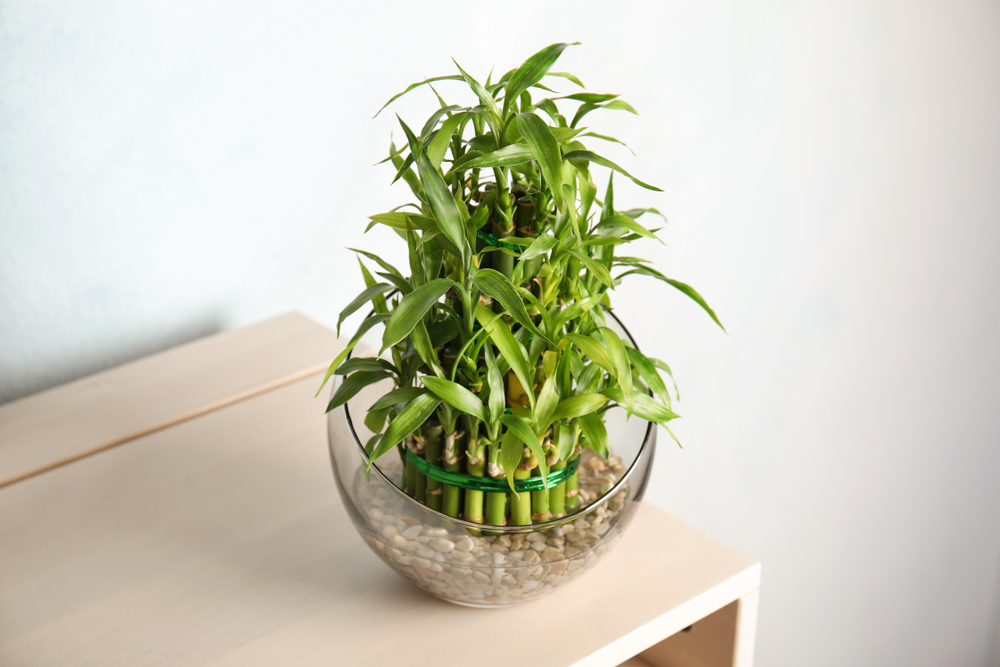
How do I make my lucky bamboo grow more branches?
Another benefit of cutting the top off of a lucky bamboo plant is that once you remove the top, new growth will emerge from the first node below the cut location. If you want a bushier plant, you just have to wait for that new foliage to grow from the spot where you cut it. Keep pruning your plant and it will have new branches in no time.
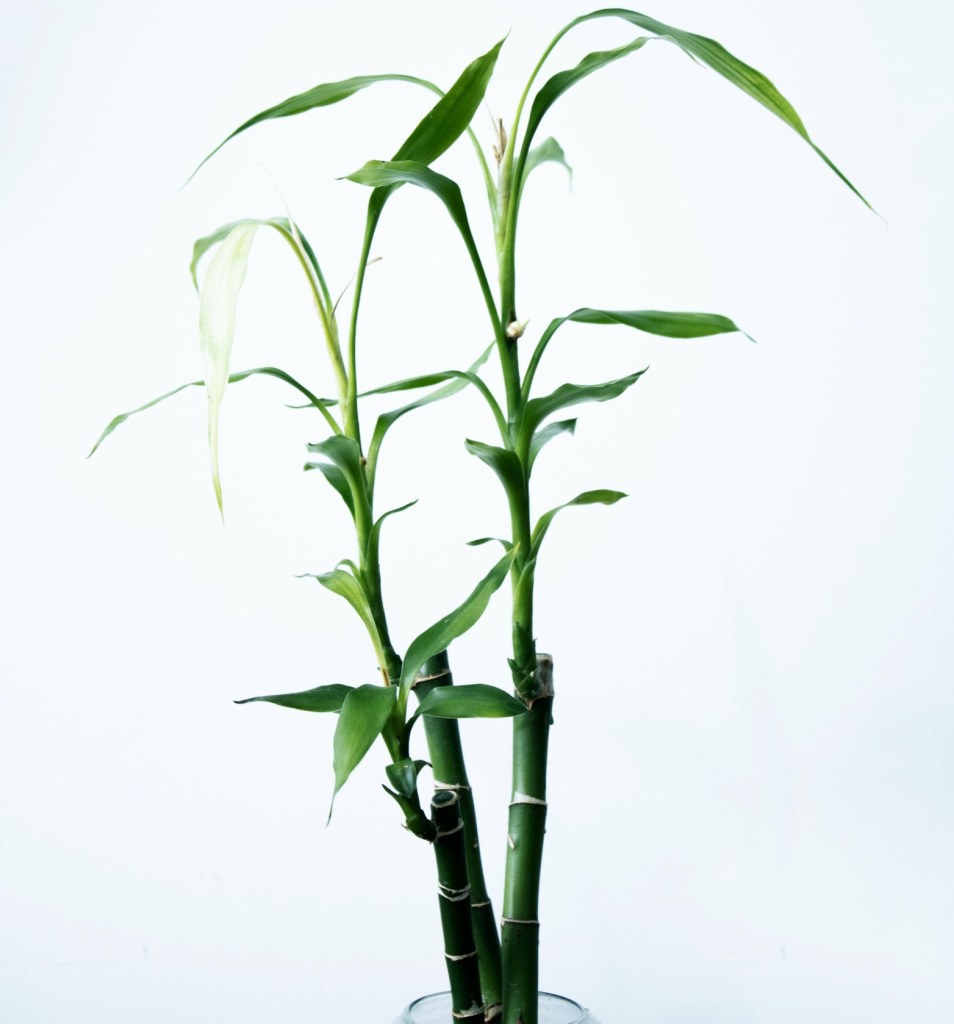
Closing thoughts
Lucky bamboo is a popular indoor plant for both its simple maintenance routine and its sleek appearance. And a bit of the good luck this plant is said to bring is the cherry on the sundae. With this guide on how to propagate lucky bamboo, you’ll have not one, but two, three, or four plants to enjoy or pass out to loved ones. Who doesn’t love a gorgeous and easy-care houseplant?
